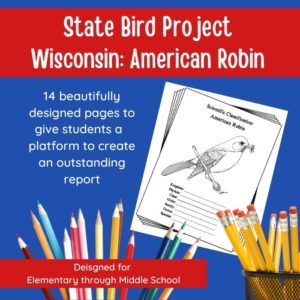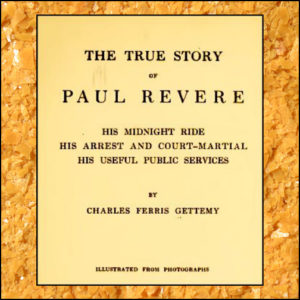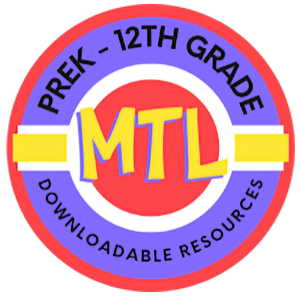Description
Vocabulary covered in the unit:
- migration
- push factor
- pull factor
- internal migration
- external migration
- emigration
- immigration
- return migration
- seasonal migration
- emigrant
- immigrant
- refugee
- imported goods
- exported goods
- globalization
$3.00
There are 5 major themes of Geography: Location, Place, Human/Environment Interaction, Movement, and Regions. This unit specifically teaches about Movement
In Geography, movement describes the ways people, goods, information and ideas move from one place to another. In this unit, students will learn about each, specifically about ‘why people move‘, the different types of migration, ‘how goods move‘, how the movement of information and ideas have changed and globalization.
Includes:
– 5 pgs of informational text
– Vocabulary Cards
– 5 Student worksheet pages
– 1 Crossword puzzle
– Answer Keys
Vocabulary covered in the unit:
Only logged in customers who have purchased this product may leave a review.

An engaging writing center resource that students will love to use! Materials include:

Studying the state of Wisconsin and state symbols? What is the state bird of Wisconsin?
This project-based unit is designed to help students study and record information about Wisconsin’s state bird: American Robin
What type of pages are contained in this set:
– A map page (for the state)
– Scientific classification page
– A page for students to give details about the bird’s physical description, habitat, diet, life span and reproduction
– A page where students will do additional map work to show where in the U.S. the bird lives in addition to migration information
– Coloring page
– Several pages on which students can use for expository and/or creative writing as well as sections in which students may draw.
14 pages in all and is designed for different levels / abilities.
My Teaching Library has a notebooking set for each of all 50 states. In addition, you can get all of them bundled!
Here are other bird related products you’ll love…

This 47-page resource, “Thanksgiving Notebooking Project”, will provide a month full of learning including expository and creative writing, vocabulary and more!
Included:
Watch a preview video.
Use year after year!

This is a downloadable copy of the book. (358 pages)
About the book: Published in 1905, Gettemy writes of Paul Revere’s midnight ride, his arrest, court-martial plus his ‘useful public services’. Paul Revere ( December 21, 1734 – May 10, 1818) was an American silversmith, engraver, early industrialist, and a patriot in the American Revolution. He is most famous for alerting the Colonial militia to the approach of British forces before the battles of Lexington and Concord, as dramatized in Henry Wadsworth Longfellow’s poem, “Paul Revere’s Ride”. Revere was a prosperous and prominent Boston silversmith, who helped organize an intelligence and alarm system to keep watch on the British military. Revere later served as a Massachusetts militia officer, though his service culminated after the Penobscot Expedition, one of the most disastrous campaigns of the American Revolutionary War, for which he was absolved of blame. Following the war, Revere returned to his silversmith trade and used the profits from his expanding business to finance his work in iron casting, bronze bell and cannon casting, and the forging of copper bolts and spikes. Finally in 1800 he became the first American to successfully roll copper into sheets for use as sheathing on naval vessels.


Reviews
There are no reviews yet.